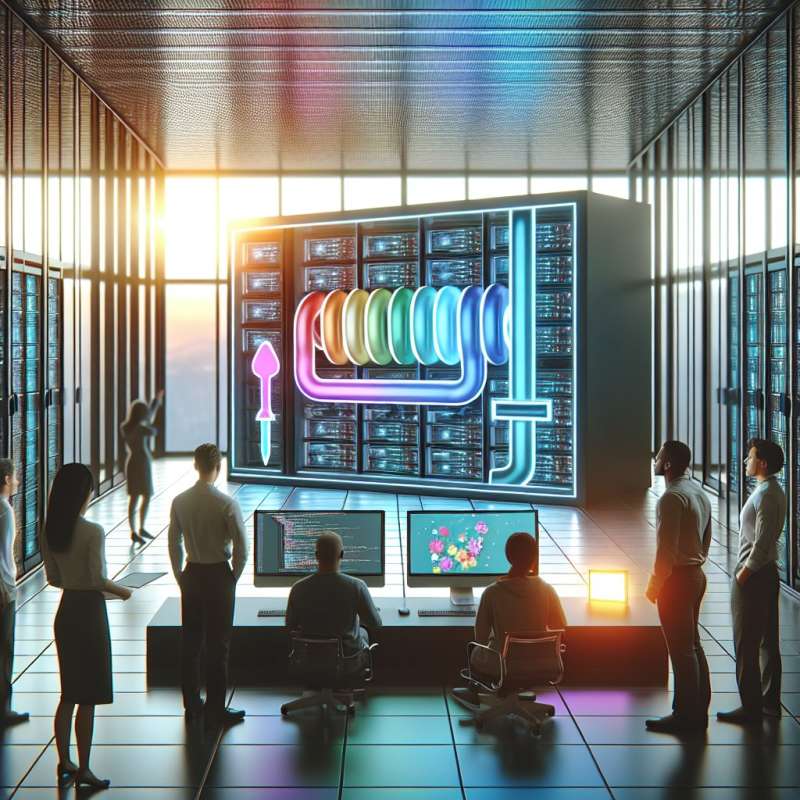
CI/CD: An Introduction
Continuous Integration (CI) and Continuous Deployment (CD) are practices in software engineering that allow for rapid and reliable software development and deployment through automation in all stages of the application lifecycle.
The CI Foundation
CI centers on merging all developer working copies to a shared mainline several times a day. This practice reduces integration problems, allowing teams to develop cohesive software more rapidly.
CD: Evolution of Delivery
Continuous Deployment takes automation a step further by ensuring that any code change passing all stages of the production pipeline is automatically released to customers, facilitating a faster feedback loop.
Benefits of CI/CD
CI/CD offers numerous benefits: it reduces manual errors, decreases lead times, improves developer productivity, and ensures a higher release rate with increased stability and security of the application.
Implementing CI/CD Pipelines
Creating a CI/CD pipeline involves choosing the right tools (like Jenkins, GitLab, or CircleCI), setting up automated tests, establishing deployment mechanisms, and maintaining a culture of monitoring and ongoing improvement.
Challenges in CI/CD Adoption
The shift to CI/CD can be complex, requiring an organizational culture change, tooling investment, and overcoming the learning curve. It involves comprehensive test coverage and real-time monitoring systems for effective implementation.
Future of CI/CD
The future of CI/CD points toward AI and machine learning integration, predictive analytics for identifying potential issues, and more sophisticated automated operations, revolutionizing software development and deployment efficiency.
What do CI/CD practices automate?
Manual testing only
Application lifecycle stages
Code writing process
Company